How exactly did a humble, scentless flower grown in tropical climes become so ingrained in the house of Chanel? Vogue Scandinavia travels to the cradle of Chanel's skincare, Gaujacq in southwestern France, to discover how the house is harnessing the potent powers of its emblematic camellia flowers
Call to mind the most recognisable of Chanel's repertoire. There's the little black dress, the tweed jacket, the two-tone shoes. The common insignia that is adorned, embroidered and embossed across all? The camellia. So synonymous with the house is the camellia, it's essentially interchangeable with the interlocking 'CC' logo stamp. With its plump, rounded head of perfectly symmetrical petals and its dark, glossy leaves, the botanical Chanel icon is a beguiling one.
How exactly did Chanel’s relationship with la camélia begin? Records vary, but what’s indisputable is that it was Mademoiselle Chanel’s favourite. Some say the fascination began as a child after she read Alexander Dumas’ La Dame aux Camélias, in which the protagonist always wore a white camellia. Other say Chanel's lover, Arthur ‘Boy’ Capel, gave her a bouquet of camellias, and she was quickly seduced by its simplicity, purity and lack of scent – as to not interfere with her own famous No. 5 perfume. Photographs of the designer taken by Cecil Beaton and Dalí at various stages of her life also document the camellia's constant presence: held in-hand, slipped through a belt loop or buttonhole.
Related: Revisiting the storied past of Chanel’s most iconic handbag through exclusive archive images
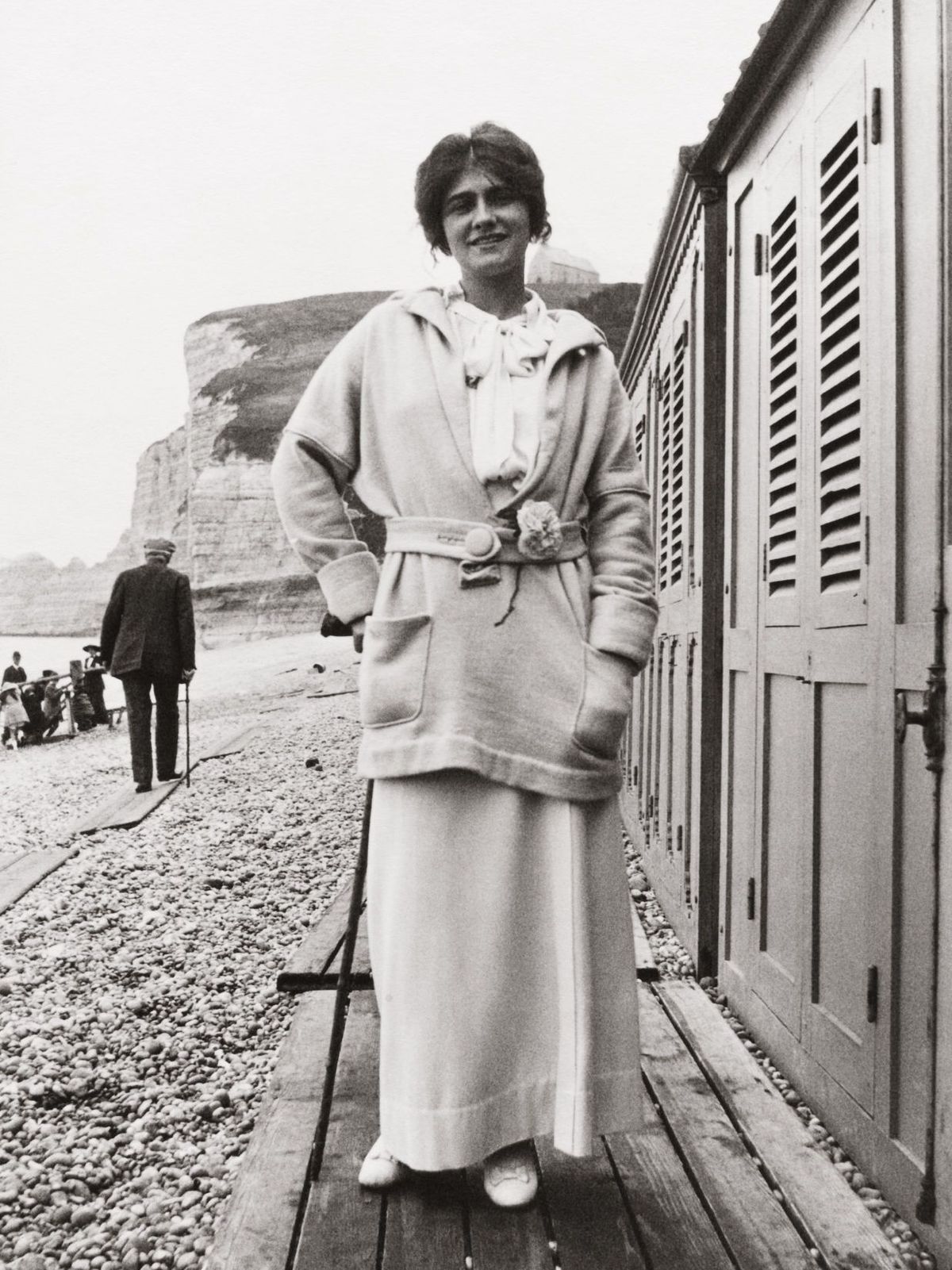
Gabrielle Chanel wearing a camellia pin on the beach at Étretat, around 1913. Photo: Courtesy of Chanel
Now, the heart of Chanel's relationship with the camellia lies in Gaujacq, a small village at the foot of the Pyrenees in southwestern France which is just a short drive from Biarritz – where the designer experienced her first success as a fashion designer over 100 years ago. In the 1910s, as the first world war escalated, high society decamped to Biarritz, setting up in villas over looking the waves of the Atlantic. Here, Chanel met the aforementioned 'Boy' Capel, who lent her the money to open a couture house in the coastal city, a venture which employed dozens of women and brought the designer her first financial independence.
Adding to the rich tapestry that is Chanel and its camellia, this geographical locale – steeped in history and significance for the house – is now considered camellia country. It's home to one of several 'Open Sky Laboratories' across the globe that Chanel has selected as a cradle for its skincare and fragrance production – merging a precise climatic environment with traditional farming practices and scientific innovation.
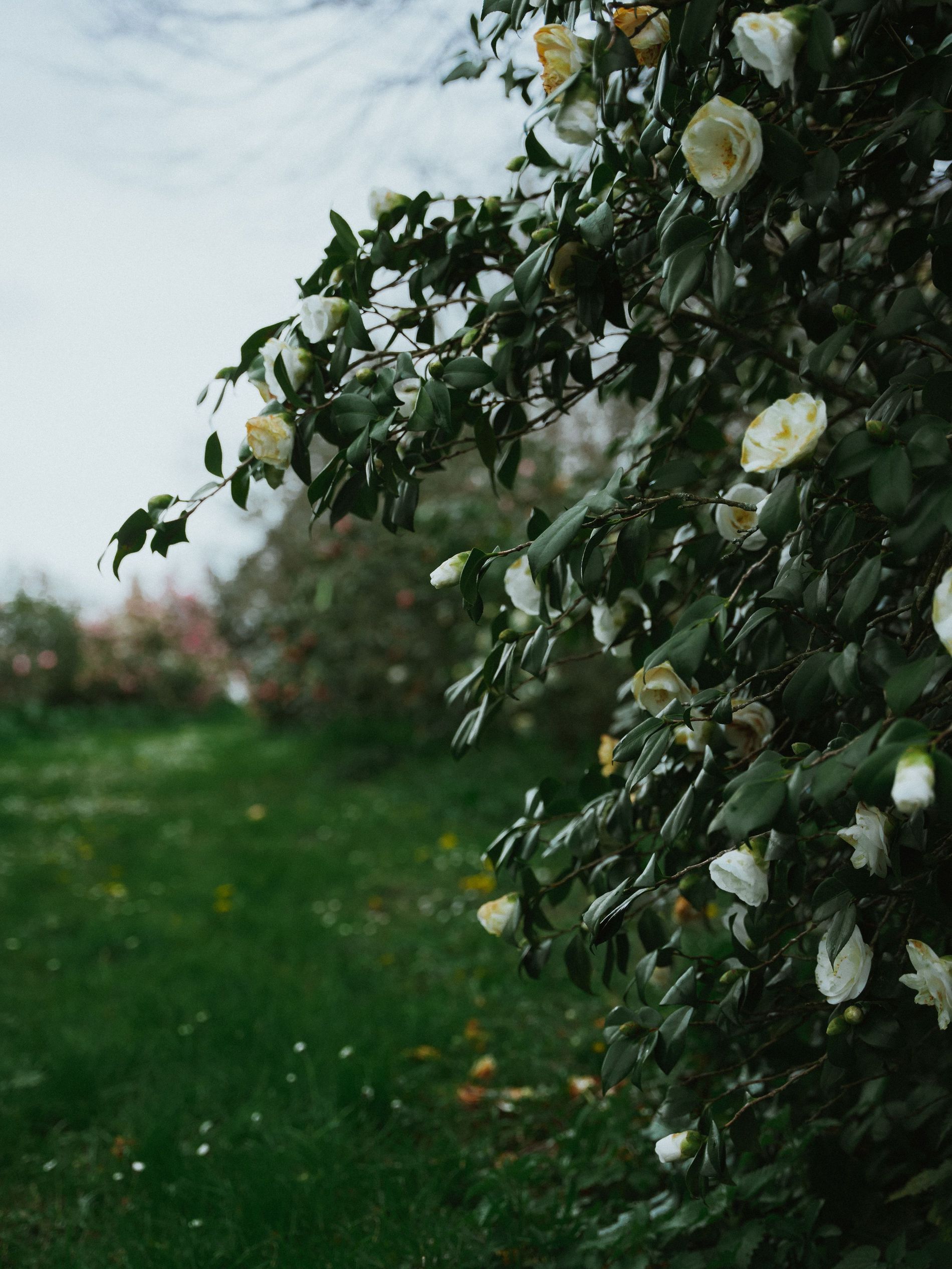
A shrub blossoming with white ‘Alba Plena’ camellias. Photo: Anne Combaz and Zoé Joubert
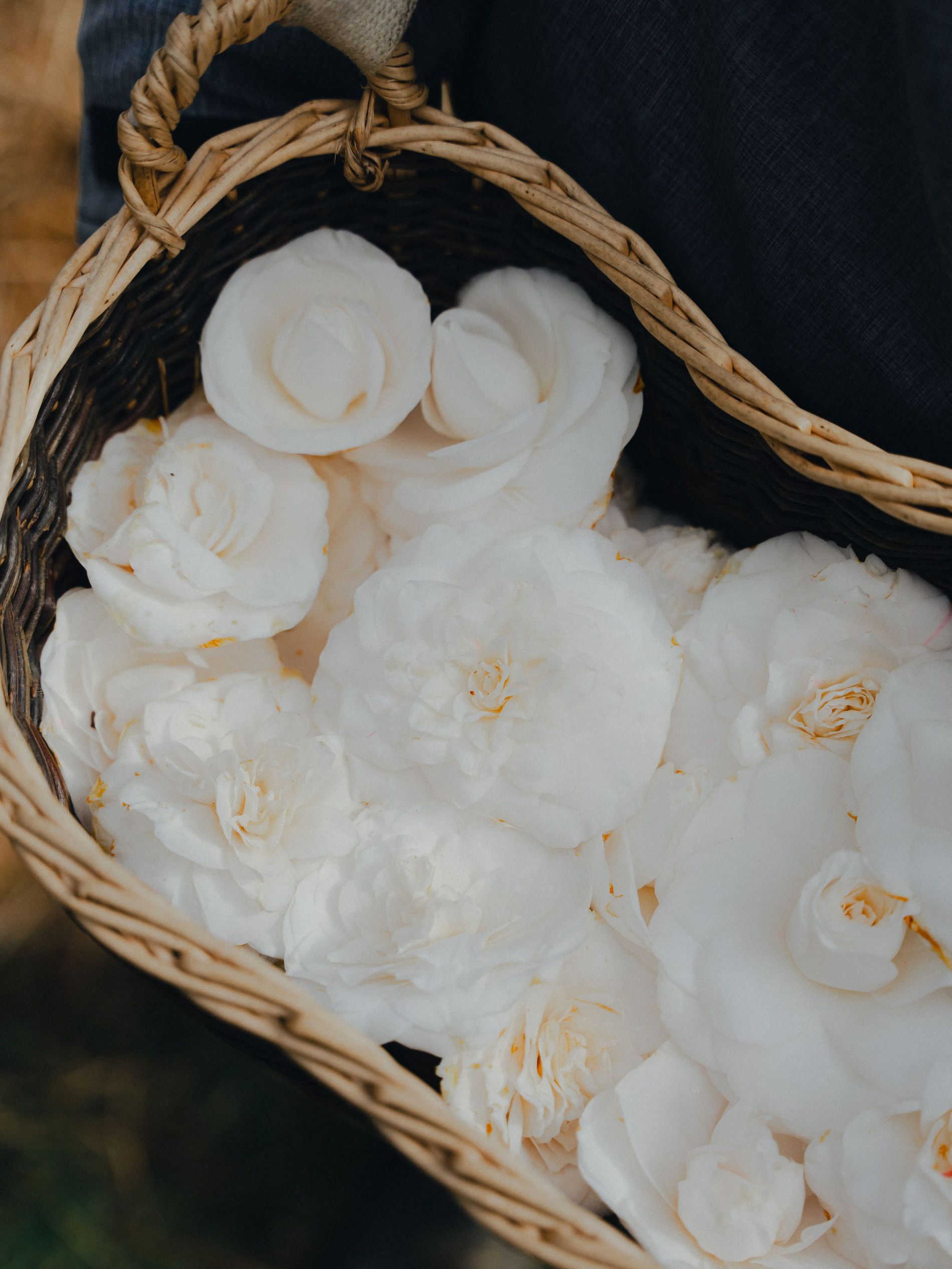
Photo: Anne Combaz and Zoé Joubert
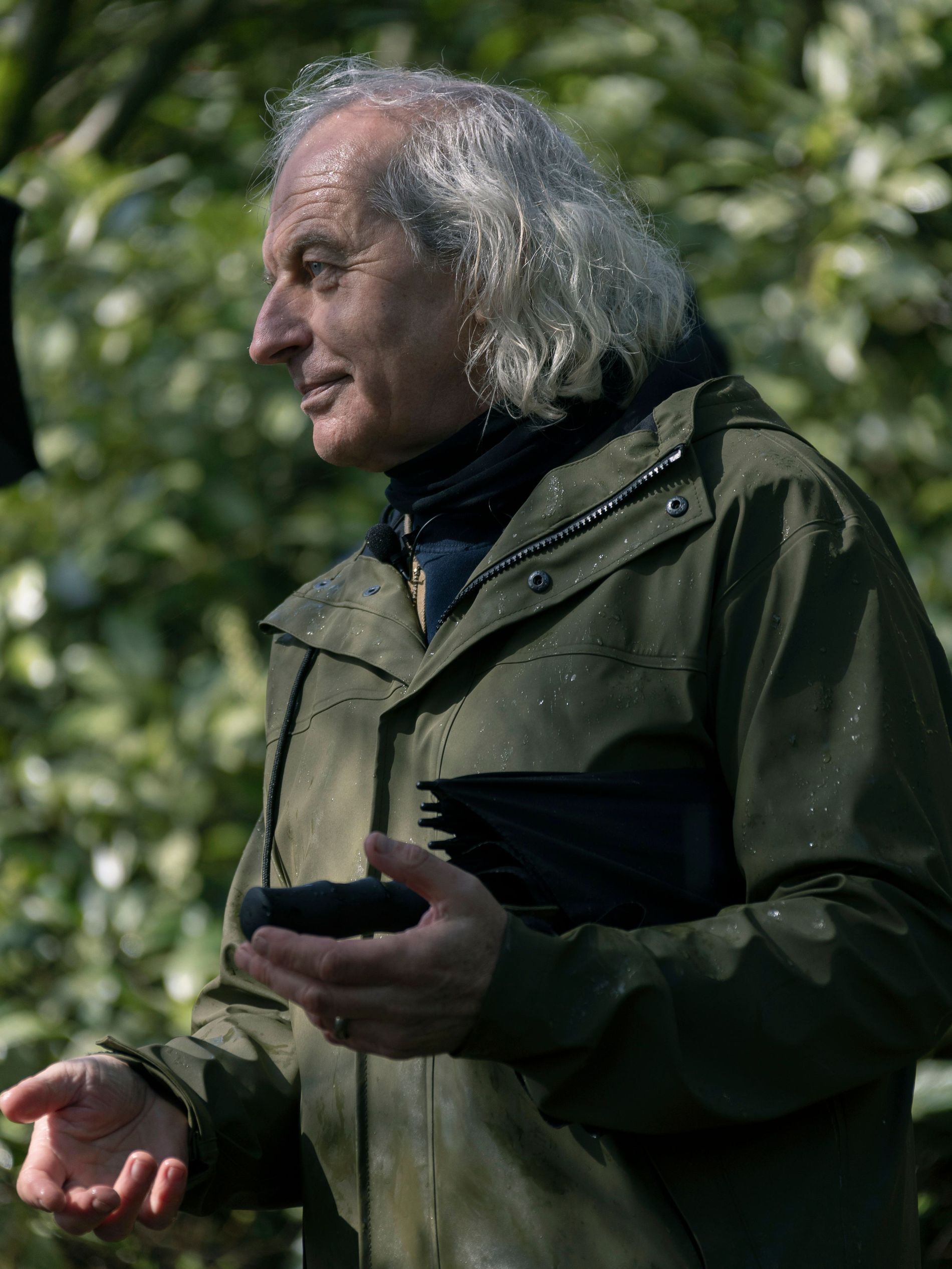
Jean Thoby, international camellia expert. Photo: Anne Combaz and Zoé Joubert
Being a wet and cool region, Gaujacq sees about 150 centimetres of rain each year. The rain is spread across the four seasons, enriching the deep soil of the area and creating ideal conditions for the camellia to thrive – largely matching Asian tropical environments from which the flower originates.
“Camellias are quite special plants. The qualities of the camellia are extraordinary. It is very beautiful in colour, appearance and resilience,” says Jean Thoby, international camellia expert, as he walks through his five-hectare conservatory by the Chateau De Gaujacq. The conservatory houses more than 2,000 species of camellia spanning from pale white tones, to pale pinks and deep maroons (alongside other specific plant species to help safeguard biodiversity and, in turn, help the camellias flourish). “Here, everything works in harmony with nature. We work with nature, we don't try and tame it,” Thoby says.
Chanel established its relationship with master botanist Thoby in 1998 – though he's run his conservatory since the '80s, and his family's involvement with plants traces back through five generations. It was the camellia's resilience against winter frosts that first caught the attention of Chanel scientists, Thoby explains as he points out the variation on a towering shrub. After extensive research, the flower's intensely hydrating molecules of the white ‘Alba Plena’ camellia were discovered and harnessed in the house's Hydra Beauty range to plumping and fortifying effect.
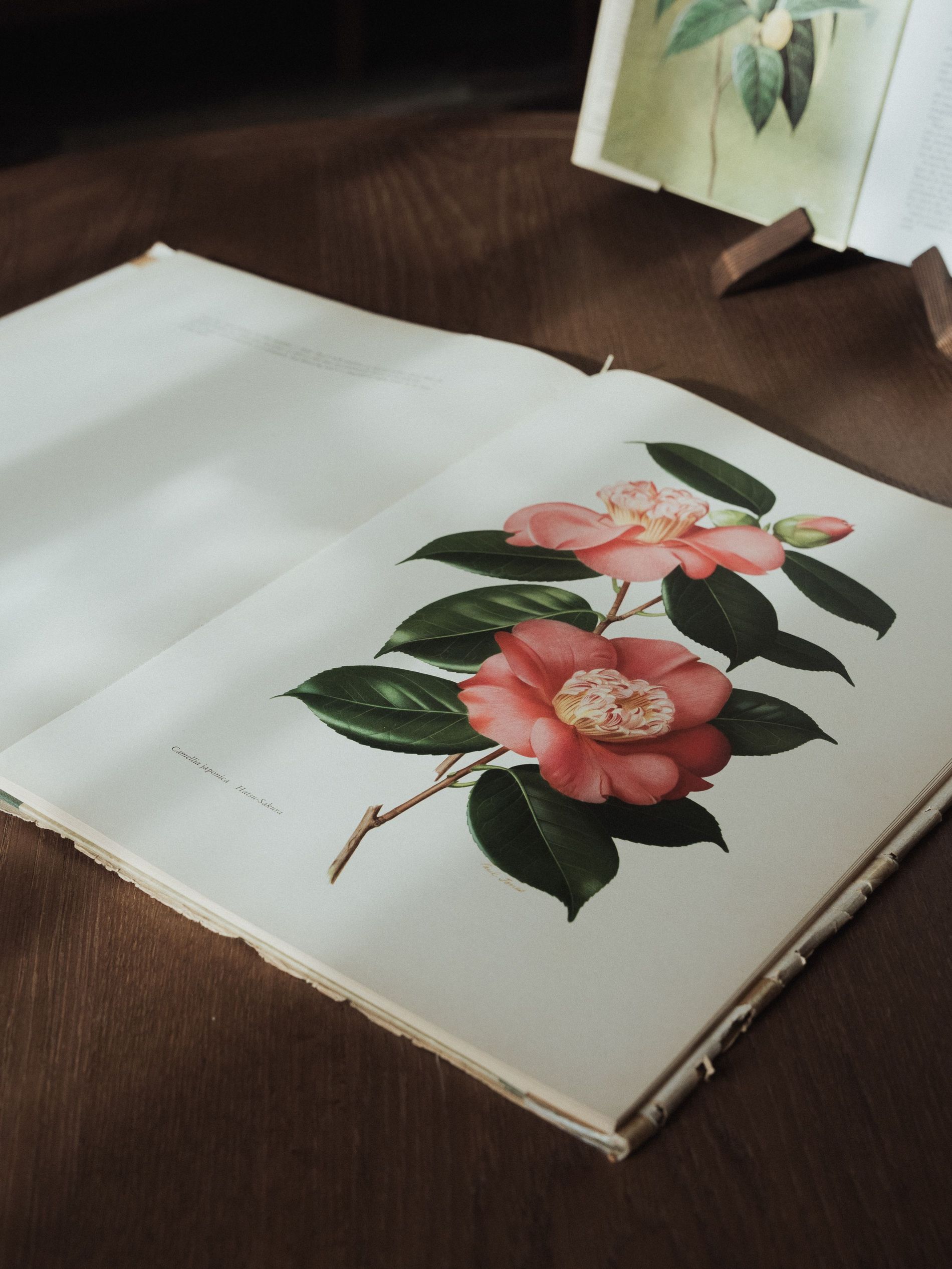
Photo: Anne Combaz and Zoé Joubert
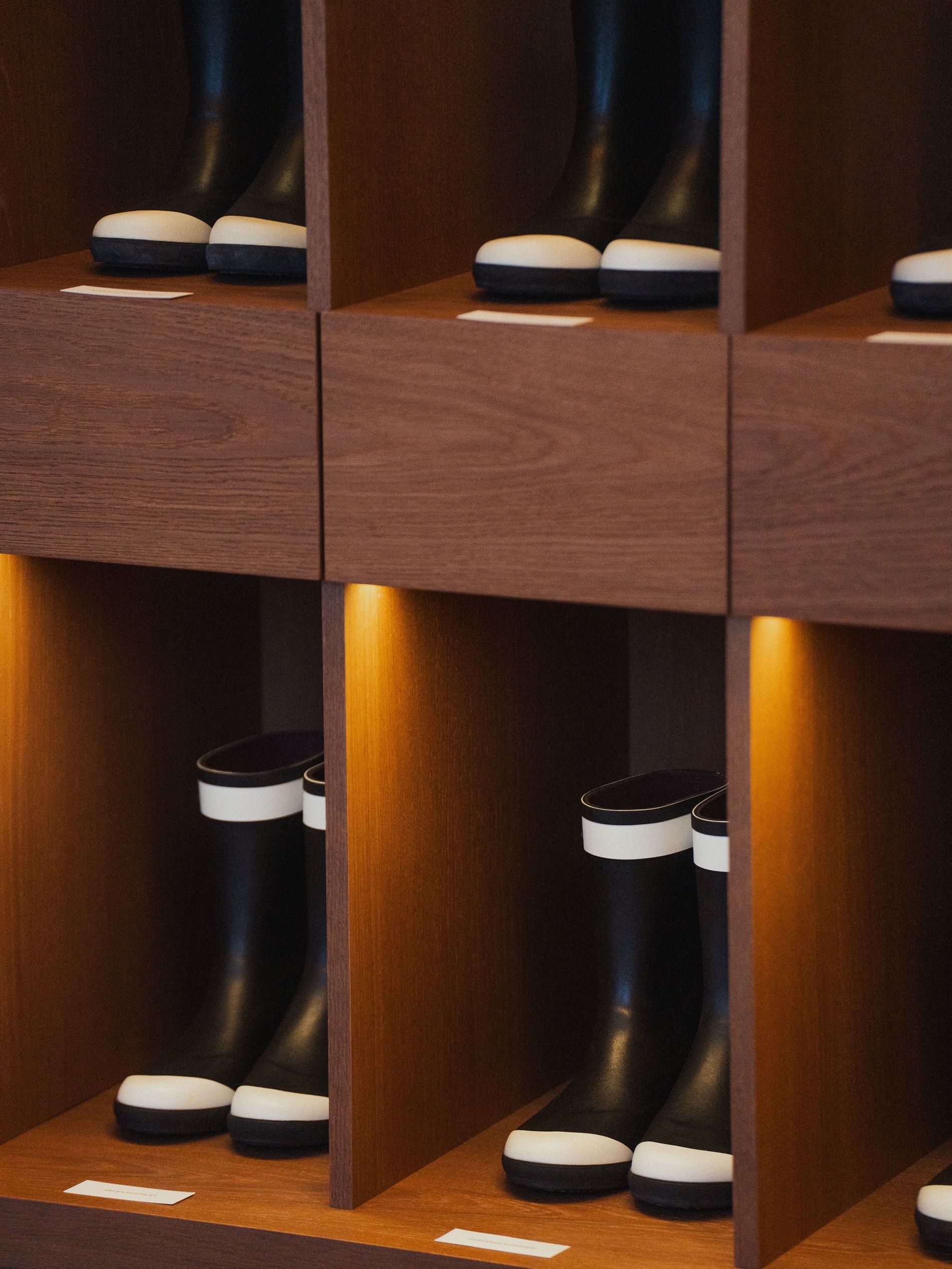
Photo: Anne Combaz and Zoé Joubert
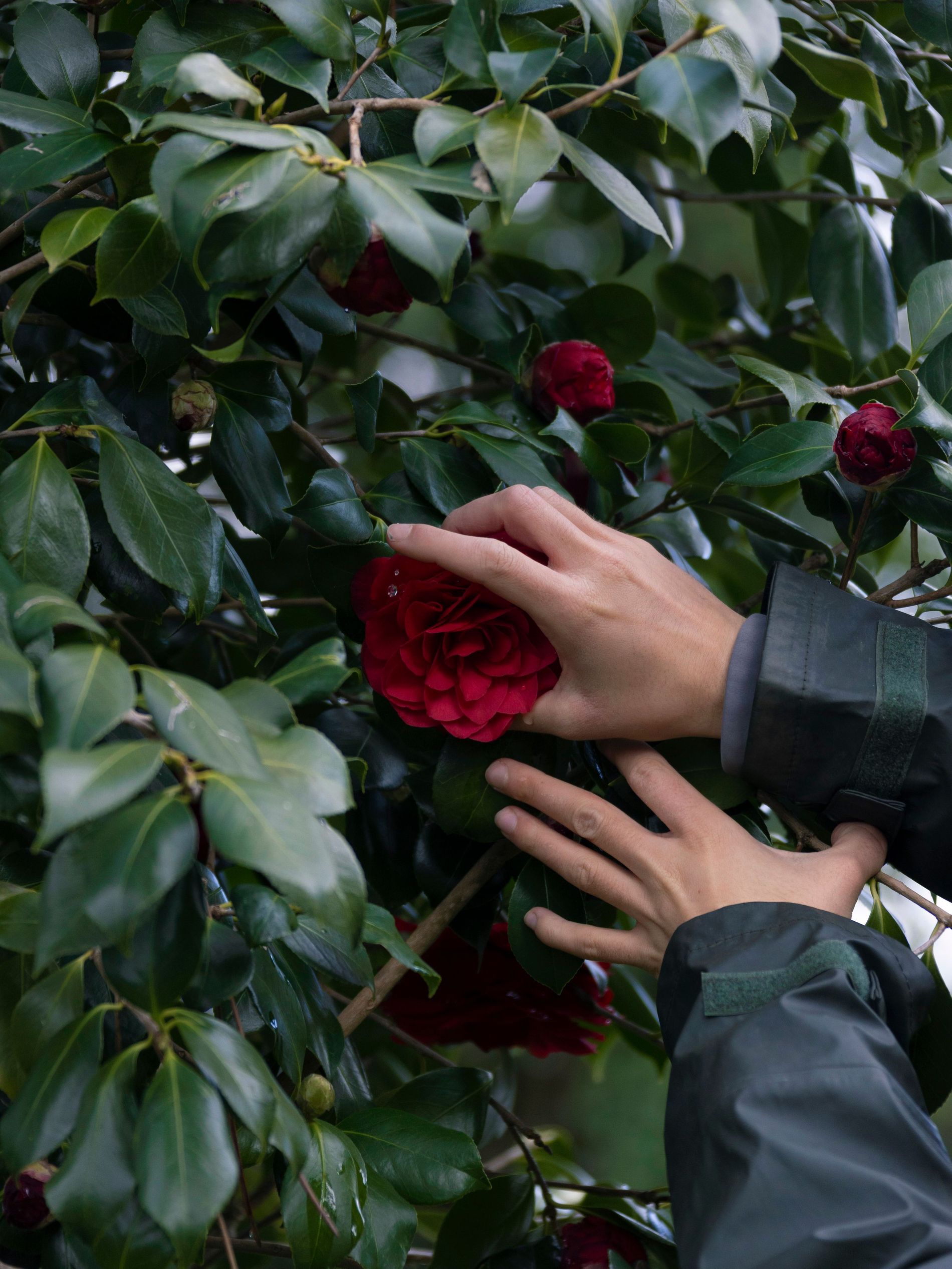
‘The Czar' is the red variant of camellia, a resilient plant that blossoms even in wintertime. Photo: Anne Combaz and Zoé Joubert
“At harvest time, each flower is handpicked intuitively and very precisely. We pick them after the morning dew,” Thoby says, gesturing to a handful of workers doing just that, turning the flower's round heads gently so they lift away from the shrub intact. “We wait for the driest part of the day so that top-quality extraction can be carried out.”
The camellia teaches perseverance. It will grow for thousands of years. We’ll learn from it to work in agroecology and agroforestry to maintain biodiversity.
Philippe Grandry, Chanel's crop operations manager in Gaujacq
Then, there's the red variant of camellia, dubbed ‘The Czar': the specific variation that blossoms in the depths of winter and can, in Thoby's words, “resist extremely rough conditions”. This exceptional ability comes down to its potent properties, which are now channeled by Chanel into the No. 1 de Chanel range. Within its petals, Chanel has identified a revitalising active ingredient that boosts cellular vitality to keep skin looking youthful, forming the basis of this holistic beauty line which works to prevent and correct signs of ageing.
“The red camellia owes its invincible youth to an extraordinary energy,” Thoby says. Rich in protocatechuic acid, a molecule known for its antioxidant properties, the flower's botanic “energy”, as captured in the No. 1 de Chanel range, has proven effect on the skin's vitality.
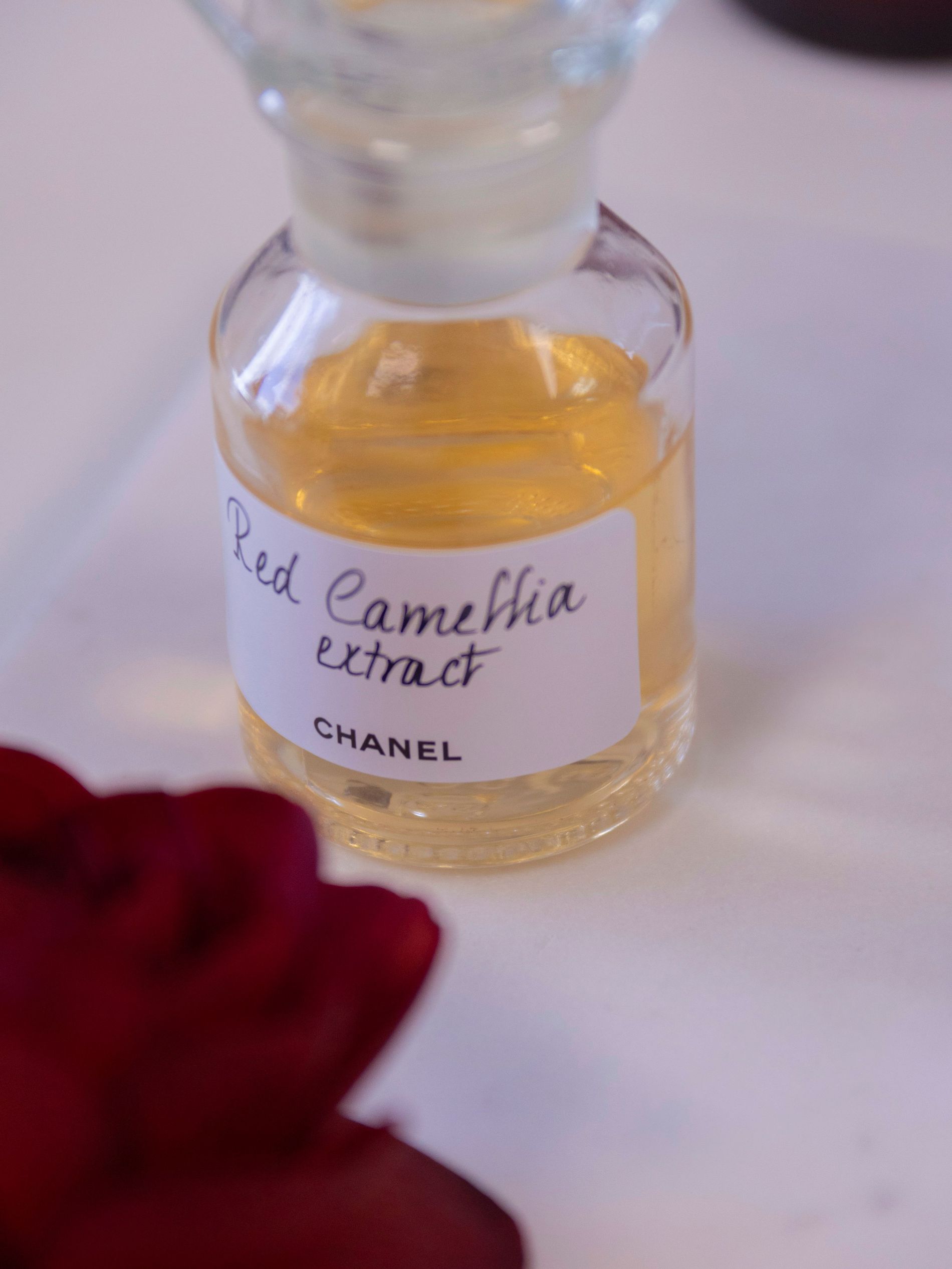
Photo: Anne Combaz and Zoé Joubert
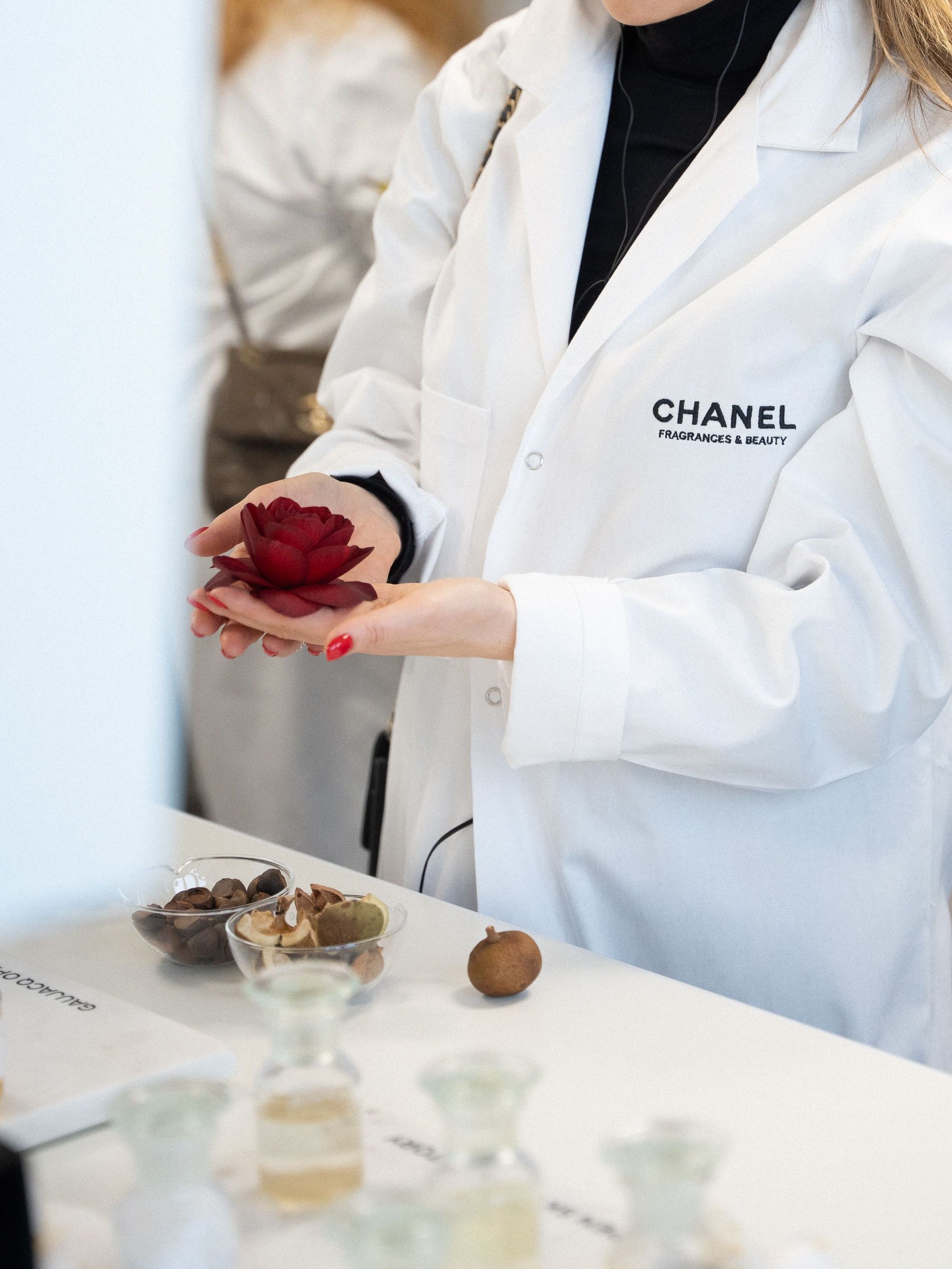
Photo: Anne Combaz and Zoé Joubert
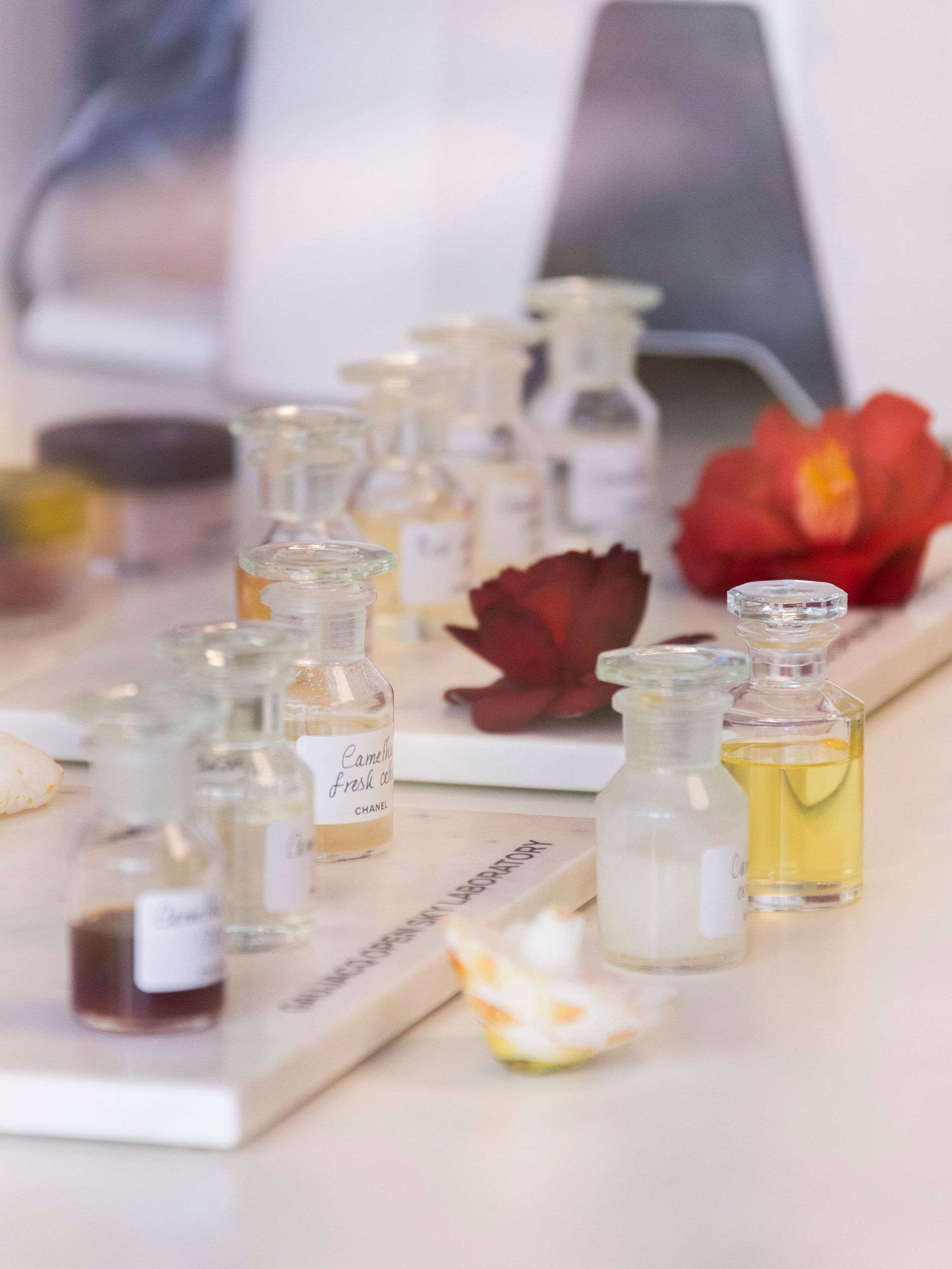
Photo: Anne Combaz and Zoé Joubert
The next stop is the Open Sky Laboratory itself, just a stone's throw from the conservatory. The 70-hectare site is dedicated to the cultivation, observation and experimentation of the plant, with thousands of the ‘Alba Plena’ plants cultivated in open fields. “We work to ensure that our production methods preserve local ecosystems, maintain biological equilibrium and contribute to biodiversity conservation,” says Philippe Grandry, Chanel's crop operations manager in Gaujacq. “The agroecological approach has led us to not only ban the use of chemical fertilisers, but also consider the plant as part of its ecosystem.” The chemical-free approach that Grandry mentions is a sustainable farming method implemented by Chanel, with no fertilisers, pesticides or herbicides used in the growth or harvest of its healthy and abundant camellia supply.
“This is a real open-air laboratory. The camellia teaches perseverance. It will grow for thousands of years,” Grandry says. “We’ll learn from it to work in agroecology and agro forestry to maintain biodiversity. With this ecosystem we’ll have healthy soil, healthy plants and healthy ingredients in the end,” he says.
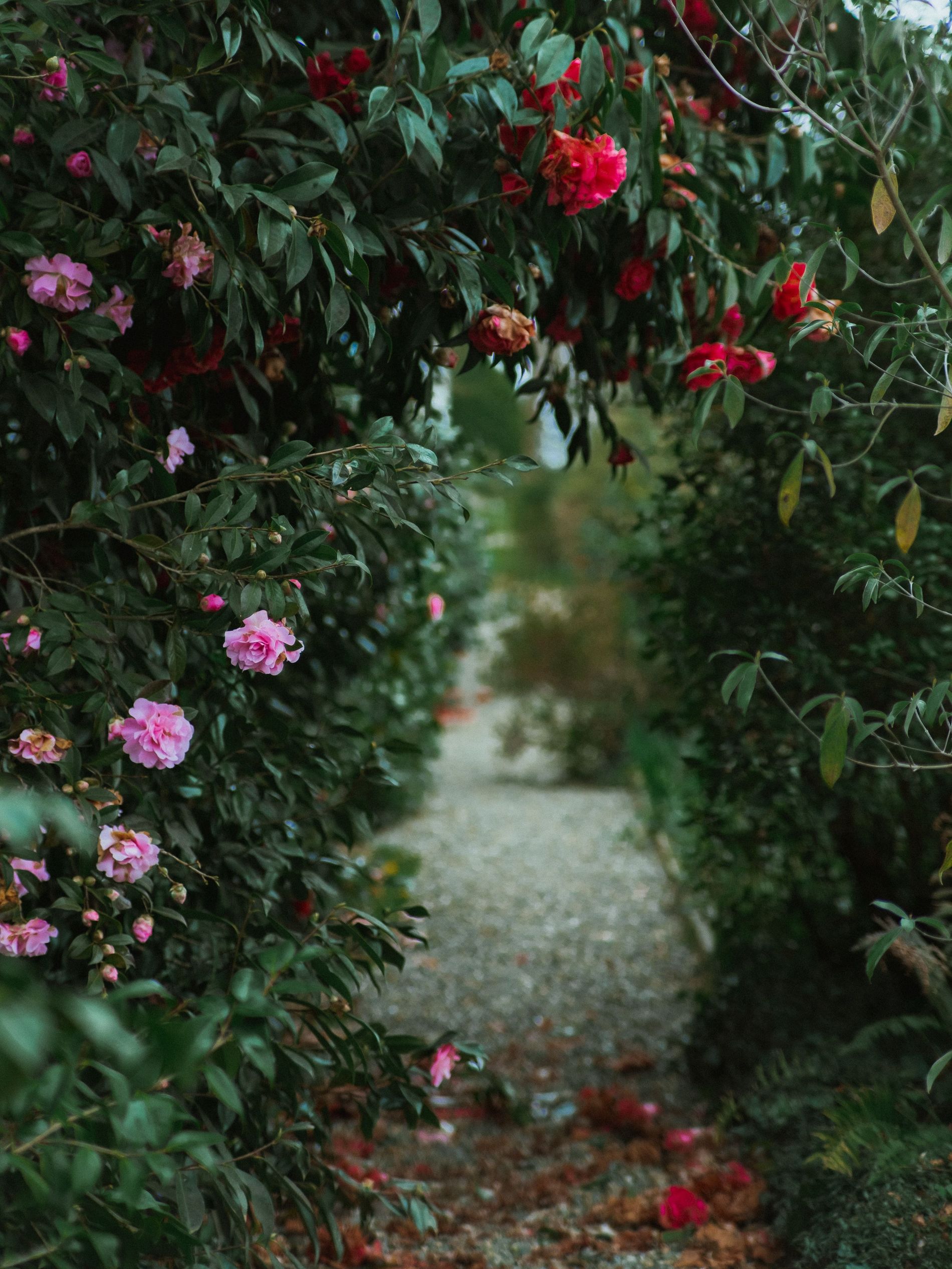
Photo: Anne Combaz and Zoé Joubert
The tour of the Open Sky Laboratory then leads us to the literal laboratory, run by Nicola Fuzzati, Chanel's director of innovation and development for cosmetic ingredients, complete with microscopes, machinery and lab coats. “The point of having this specific laboratory here in Gaujacq is that we can work closer to the plants,” Fuzaati says. Here, the camellia plant species are analysed, the active ingredients identified and natured, and all of which is translated into the Chanel skincare products.
“It’s very complex world, we still have a lot to learn from plants,” Thoby remarks at one point in the day. But for Chanel, the learning is evidently a labour of love – one that has already reaped ground-breaking learnings for the worlds of both skincare and agriculture, and one which will continue to drive Chanel forward in its integrative vision of beauty. Proving Mademoiselle Chanel's favourite flower is not only an aesthetic icon for the house, but a true botanical treasure.
